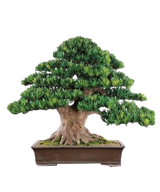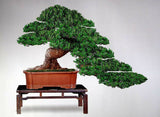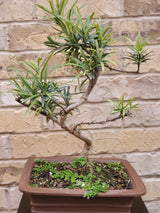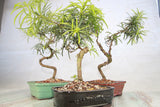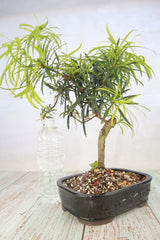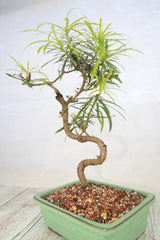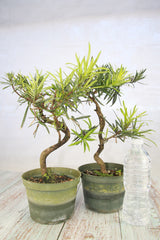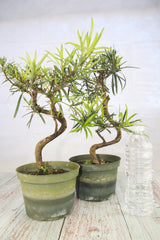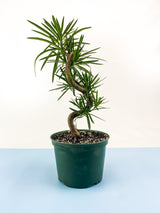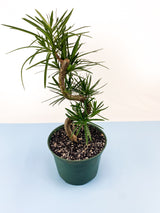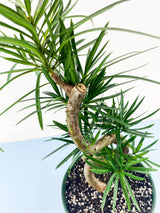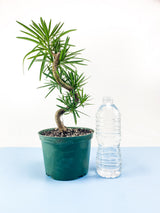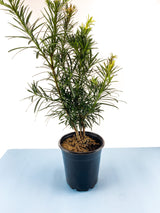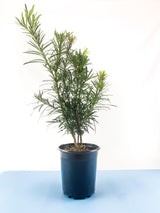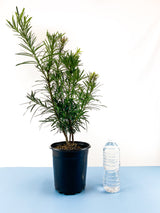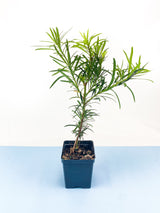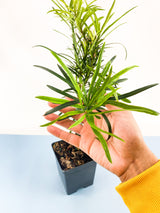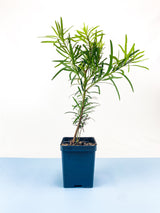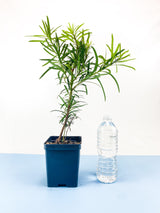Buddhist Pine
The Buddhist Pine (Podocarpus), is a tree native to tropical mountainous regions where it can grow to 130' tall. It is very commonly used as an extremely large Bonsai in Asian cities where it is placed in huge concrete pots outside parks, buildings and hotels.
The Buddhist Pine is a great indoor Bonsai and if you can provide your Buddhist Pine with at least a half-day sun, it can continue to thrive year-round indoors. Otherwise, it is best to keep it in a colder room to slow down growth in winter.
Pruning can be done when needed, ensuring not to cut roots. Wiring can be done year-round as well, just make sure the shot you're wiring is established enough.
When it comes to watering the Buddhist Pine does best when maintaining a little moisture, so don't let the soil dry out completely between waterings.




















